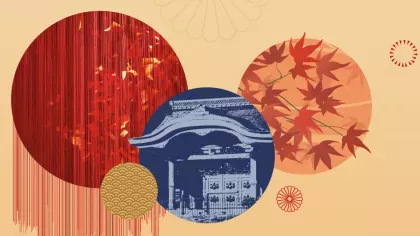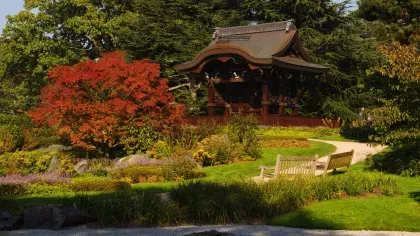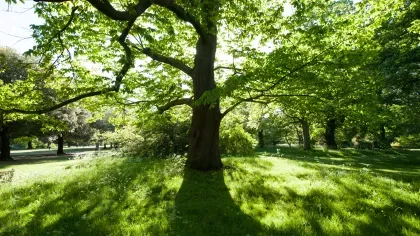25 October 2021
Quiz: Japan at Kew
From flowers and trees to cultural icons, test your knowledge of Japan at Kew.

How well do you know Japanese plants and culture at Kew Gardens?
Answer these 15 questions to find out.
Scroll down to see the answers, and good luck!
Question 1
The Garden of Activity in the Japanese Landscape at Kew features raked gravel. How many tonnes of gravel are there?
A. 17 tonnes
B. 12 tonnes
C. 30 tonnes
D. 21 tonnes
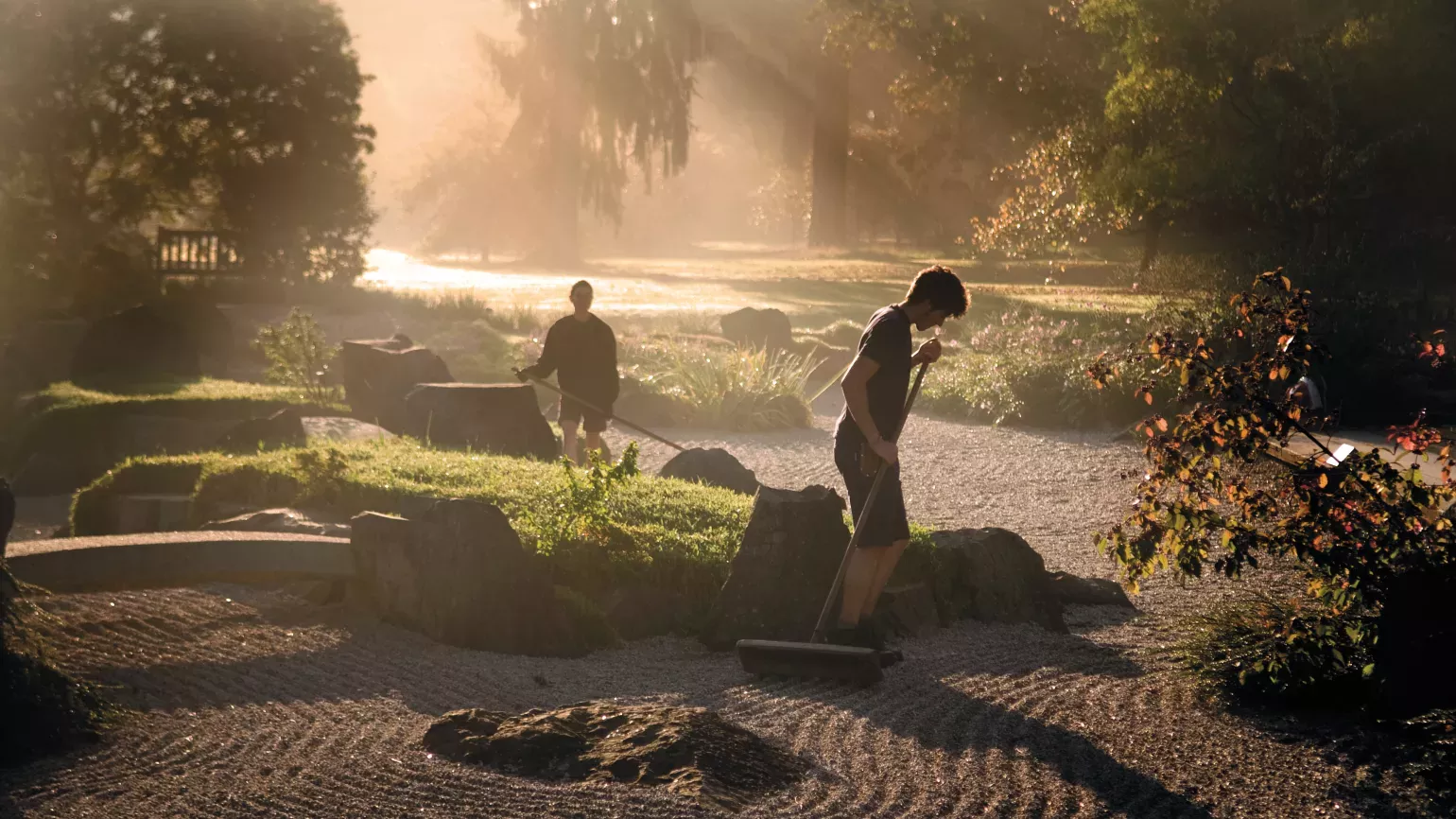
Question 2
Cherry blossoms symbolise life, vigour and happiness and are important in Japanese culture. Each cherry tree may only be in a bloom for a week or two, but how long do most cherry trees live?
A. 5 to 15 years
B. 30 to 40 years
C. 55 to 100 years
D. 100 to 130 years
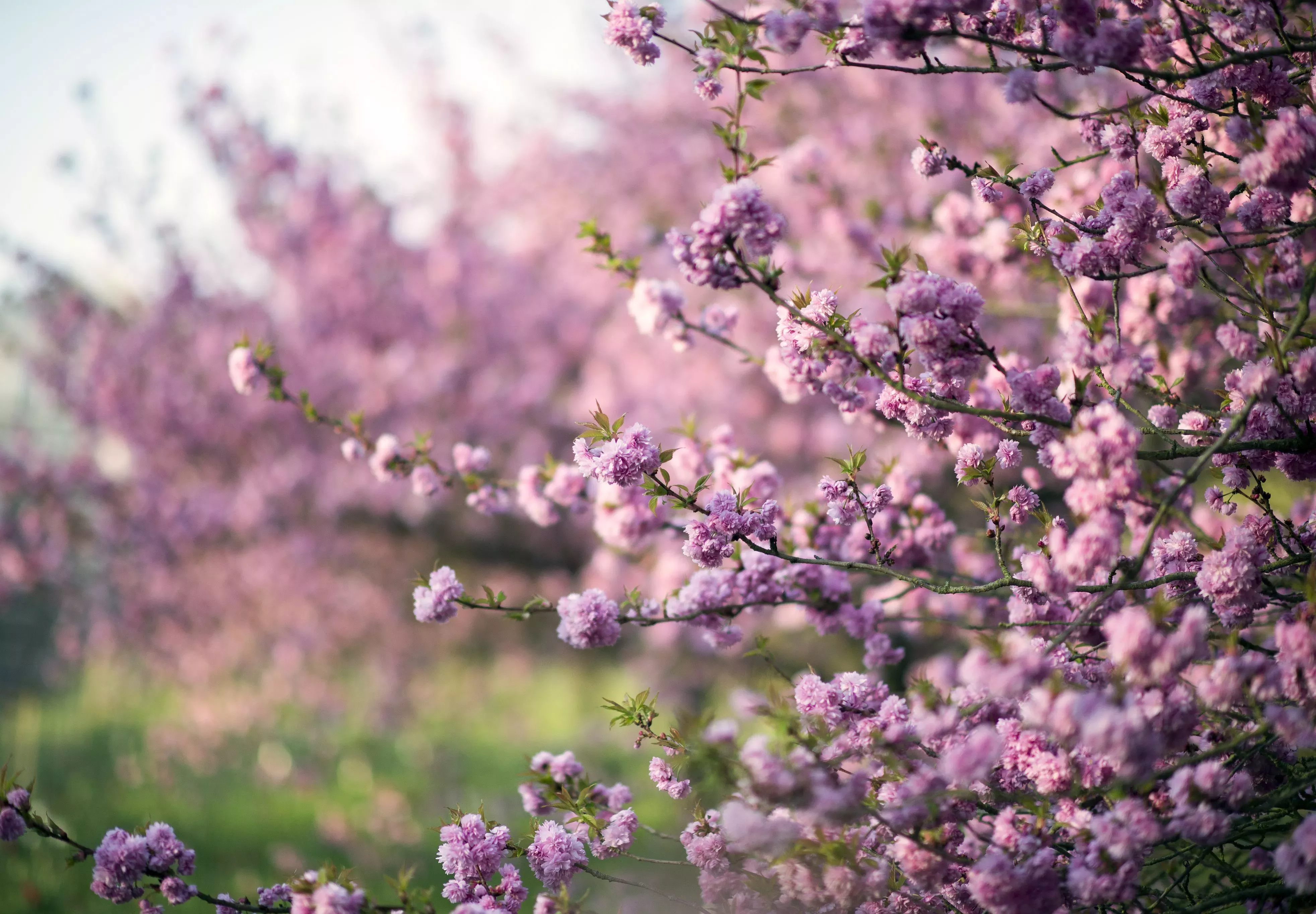
Question 3
The Imperial Seal of Japan features a chrysanthemum. This flower is widely celebrated in what season?
A. Spring
B. Summer
C. Autumn
D. Winter
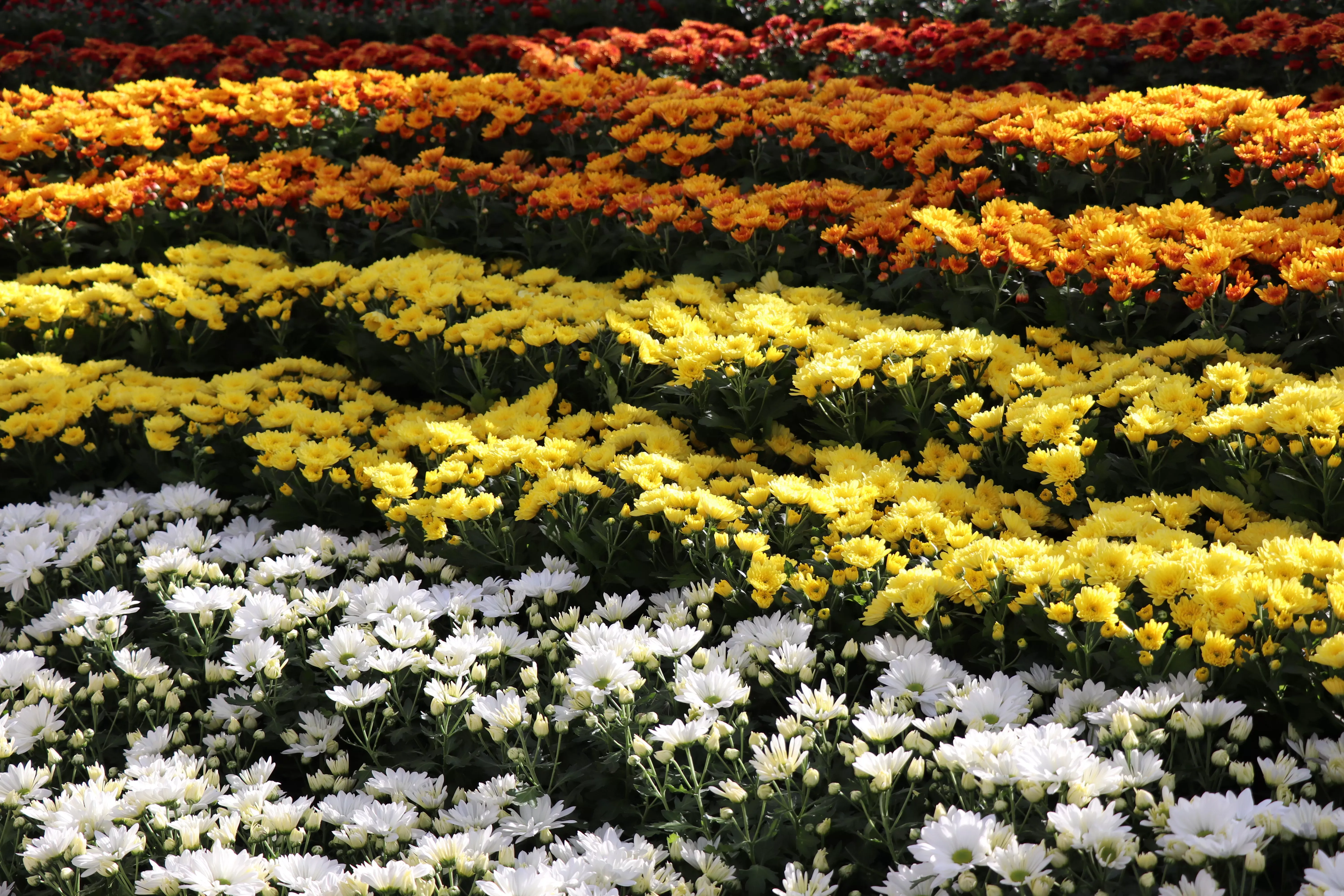
Question 4
The balloon flower (Platycodon grandiflora) is so-called because its flower buds puff up like a balloon before bursting open into bell-shaped flowers. In Japanese traditions it is one of the Seven Autumn Flowers or aki no nanakusa (秋の七草/秋の七種). What are these seven flowers used for?
A. Decorating cakes that are eaten in the autumn months
B. Making posies to decorate the home
C. Inspiring autumn accessories, such as scarves, hats, and gloves
D. Appreciating their beauty

Question 5
The great white cherry tree (Prunus ‘taihaku’) growing next to the Japanese Gateway (Chokushi Mon) was thought to be extinct in Japan in the 1920s. Collingwood ‘Cherry’ Ingram sent cuttings from a tree in Sussex to Japan, but how?
A. In soil, in a Wardian case, sent by car and steamship
B. Embedded in a potato, sent by the Trans-Siberian Express
C. In water, in a bottle, sent by boat and horse
D. Wrapped in damp cloth, in a rubber pouch, sent by Zeppelin
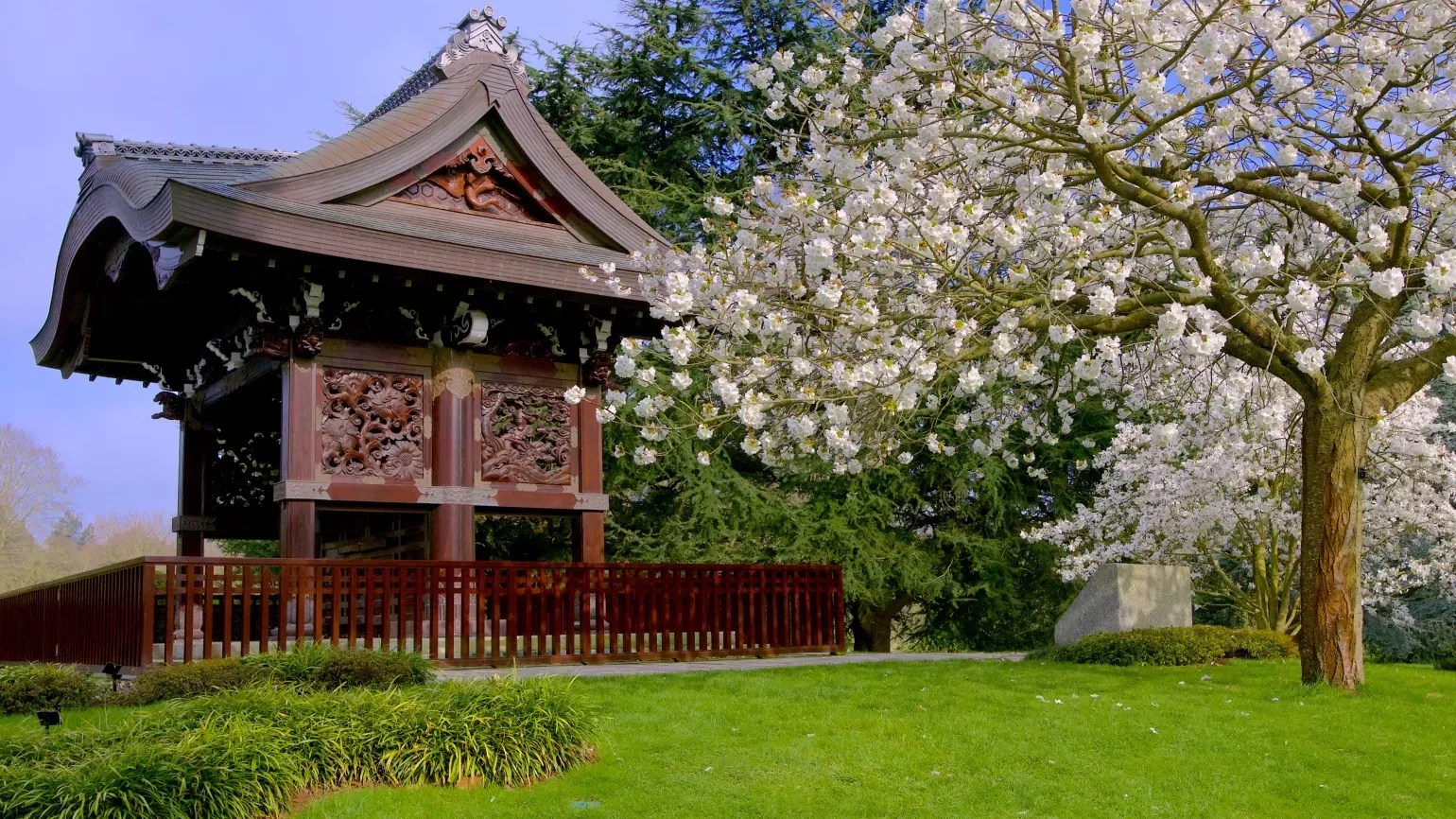
Question 6
Japanese anemone (Anemone x hybrida) rely on insects other than bees for pollination. Why aren’t bees attracted to them?
A. They are not brightly coloured
B. Their pollen is too sticky and traps bees
C. They are toxic to bees
D. They have little to no scent and no nectar
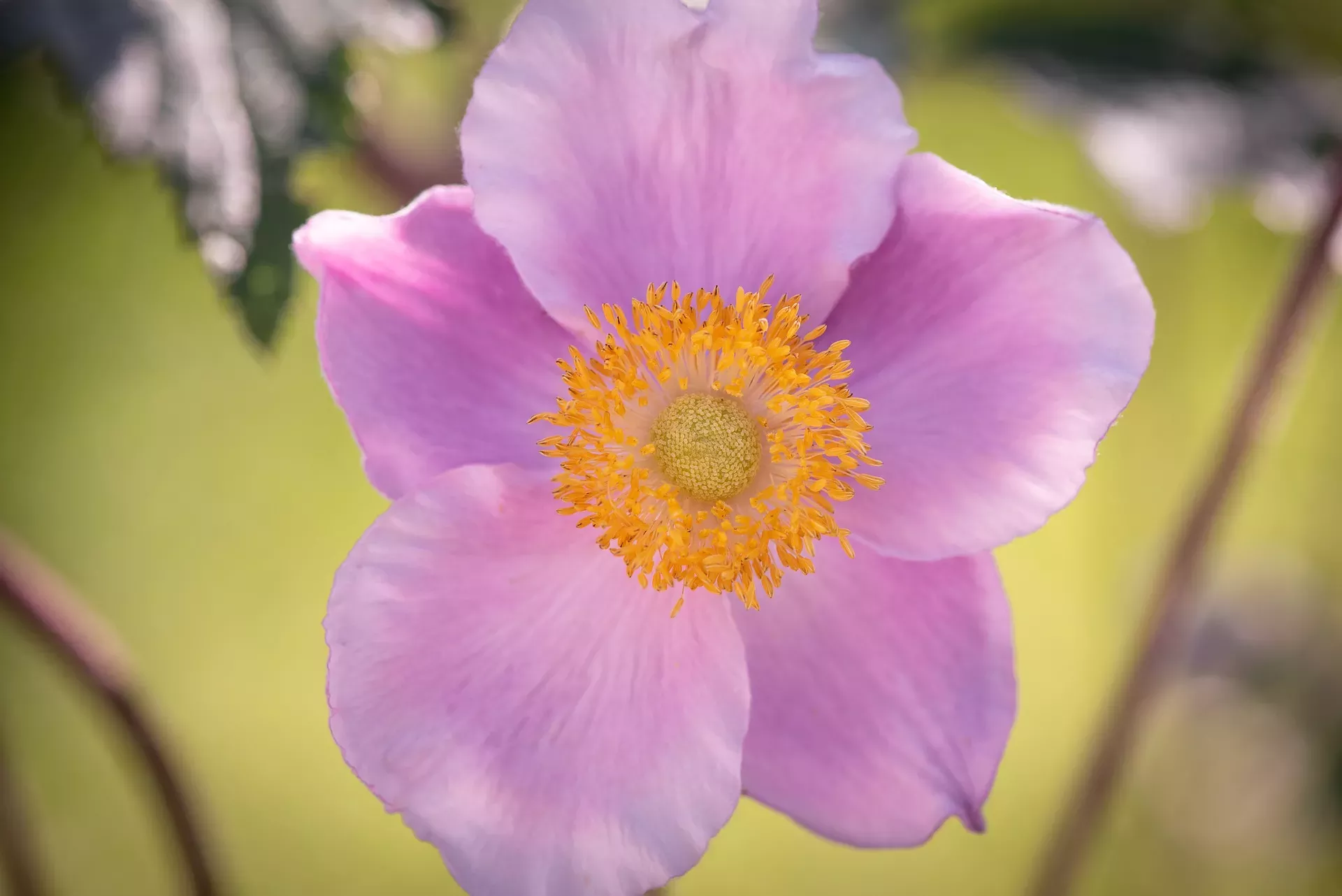
Question 7
What is burdock (Arctium lappa) used for in Japan?
A. The root is eaten, either pickled or braised in a sweet and salty sauce
B. The leaves are blanched and turned into a cold salad served with soba noodles, rice vinegar and soy sauce
C. The seed heads are important decorative elements of the Japanese winter solstice traditions (toji)
D. Burdock flowers are prized as they resemble thistles
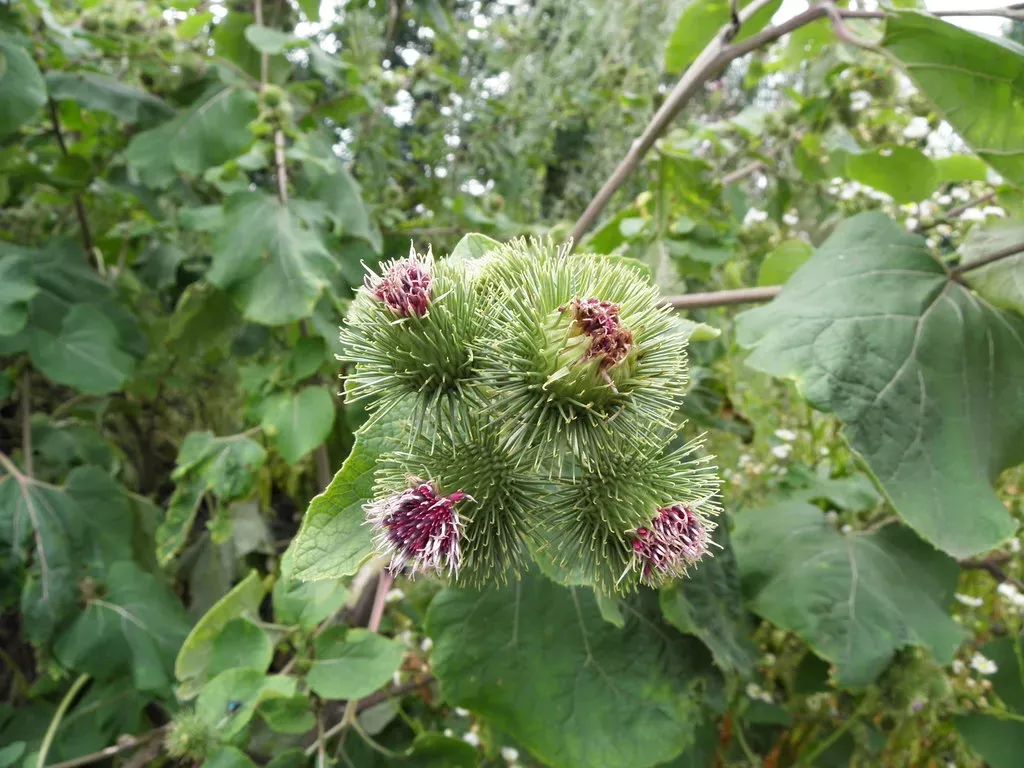
Question 8
Mount Fuji is an active volcano and at 12,380 feet (3,776 metres), the tallest mountain in Japan. Where can Mount Fuji be seen at Kew Gardens?
A. There is a miniature sculpture of the mountain in the Japanese Landscape
B. Mount Fuji is depicted in the carvings on the Japanese gateway, Chukoshi Mon
C. A painting by Marianne North featuring the famous mountain framed by wisteria, can be viewed in The Marianne North Gallery
D. There’s a Japanese maple (Acer japonica) bonsai perched on a rock that resembles Mount Fuji in the Bonsai House

Question 9
The coral bark maple (Acer palmatum) has delicate leaves in an array of splendid colours. In Osaka, tempura maple leaves are eaten as a snack. But what is the story behind the plant’s Latin name?
A. Plant hunters thought this type of maple would only grow in a palm house back in Europe
B. The leaves are shaped like little hands - thus the name echoes the Japanese term for this tree: kaede (baby hands)
C. Naturalists felt friendship with the people of Japan when studying this plant, hence pal-mate-um
D. The plants have very sharp, astringent leaves, which gave anyone who ate them terrible tummy pains
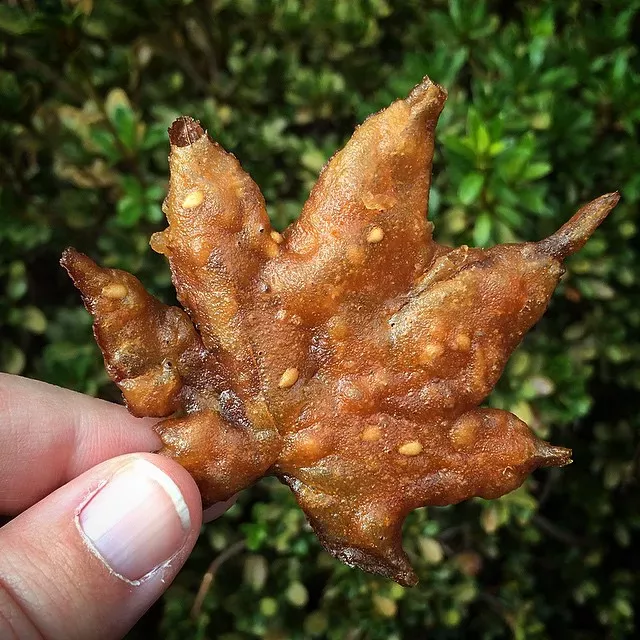
Question 10
Neoshirakia japonica has striking red foliage, but has also been found to have what medical properties?
A. Anti-depressant
B. Anti-neuroinflammatory
C. Antibiotic
D. Anti-rheumatic
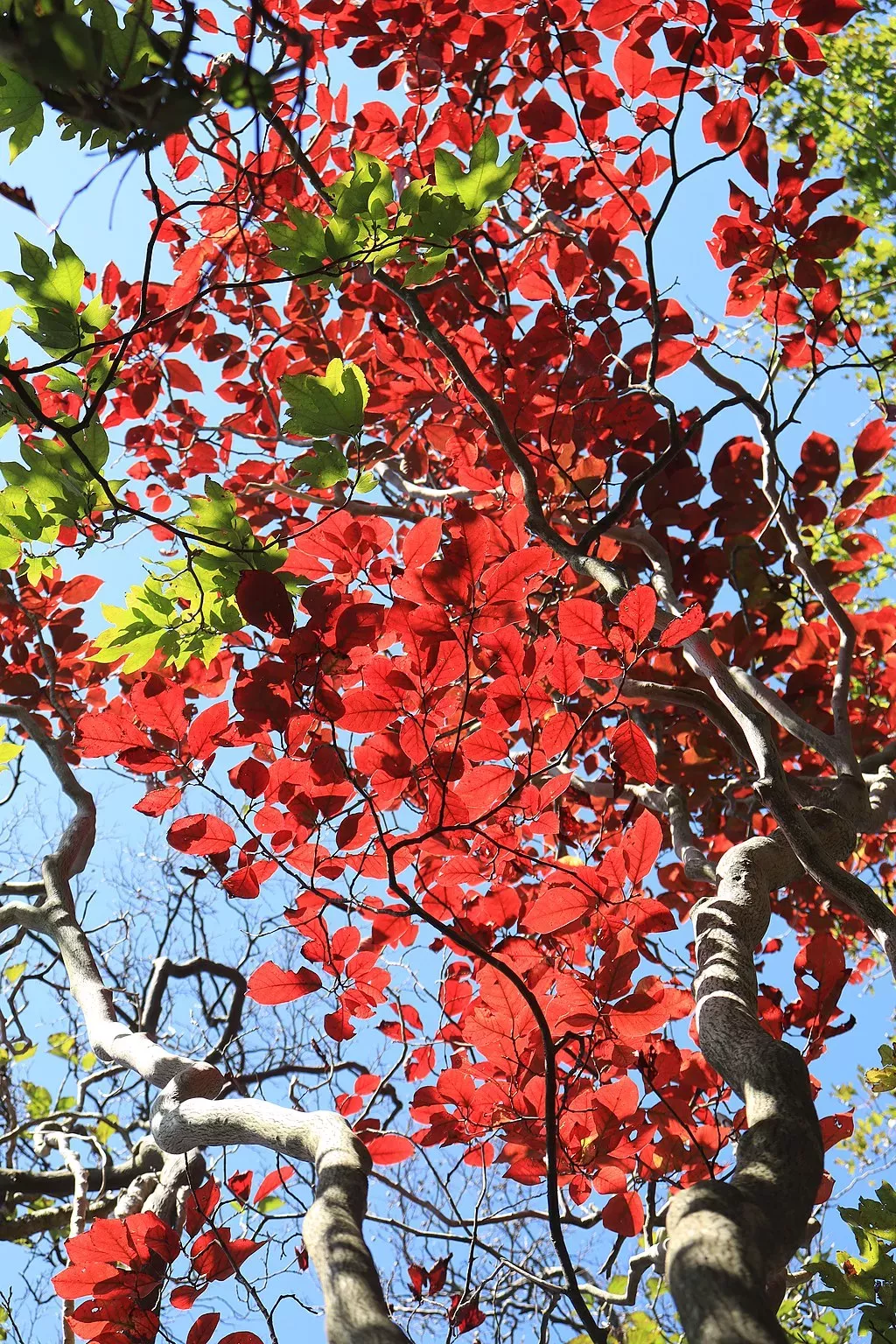
Question 11
The art of bonsai originated in China, and these miniature replicas were thought to have magical properties. Bonsai was brought to Japan hundreds of years ago by whom?
A. The Imperial family were gifted a bonsai tree by the Chinese emperor
B. Ninja warriors smuggled several prized bonsais out of China to impress their lord
C. Chinese monks migrating to Japan brought examples of these tiny trees with them
D. A Dutch explorer stole some from Shanghai before escaping to Japan, but accidentally left one behind when he returned home
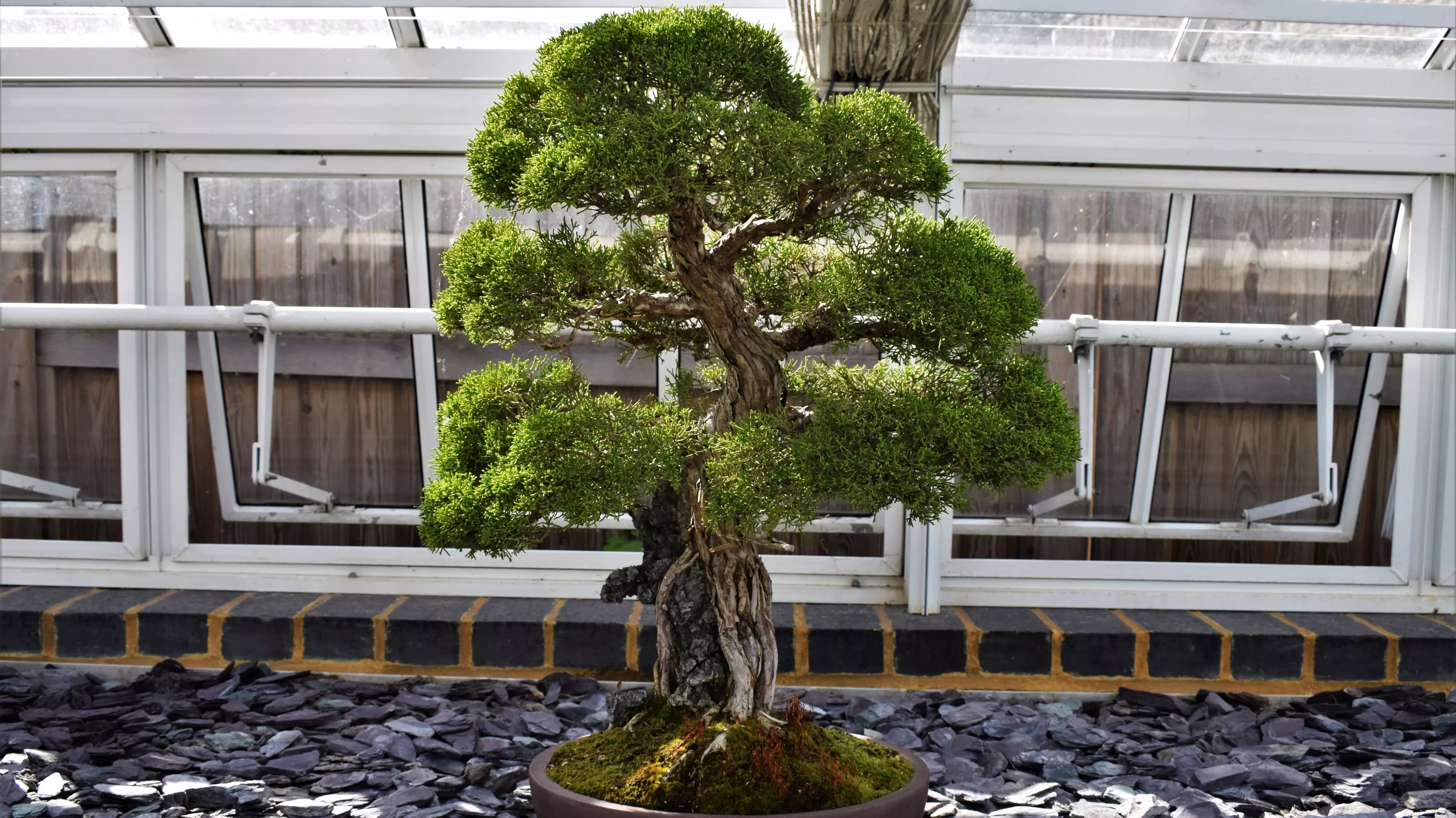
Question 12
Wasabi is a spicy condiment for sushi. It wasn’t originally used for flavour, but to ward off illnesses that could be in the raw fish. The plant is very difficult to grow, and is a member of which family?
A. Hydrophyllaceae (waterleaf)
B. Lilaceae (lily)
C. Apiaceae (carrot or celery)
D. Brassicaceae (cabbage)
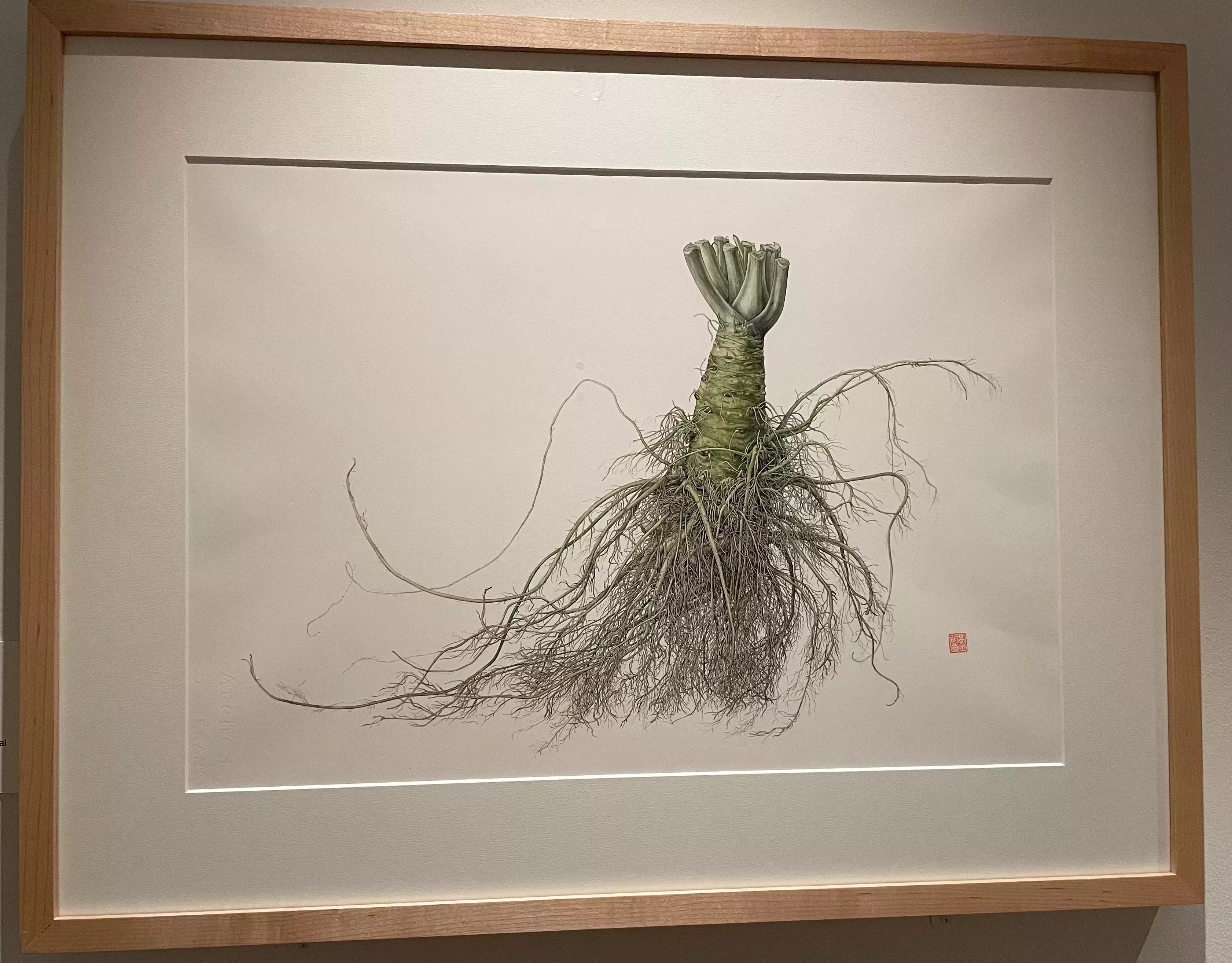
Question 13
The persimmon (Diospyros kaki) was introduced to Japan in the 7th century and is eaten fresh, dried, raw and cooked. Its wood is used in panelling traditional Japanese furniture, and the fruit is used in the production of sake. Which language does the word persimmon come from?
A. Algonquin
B. Korean
C. Chinese
D. Farsi
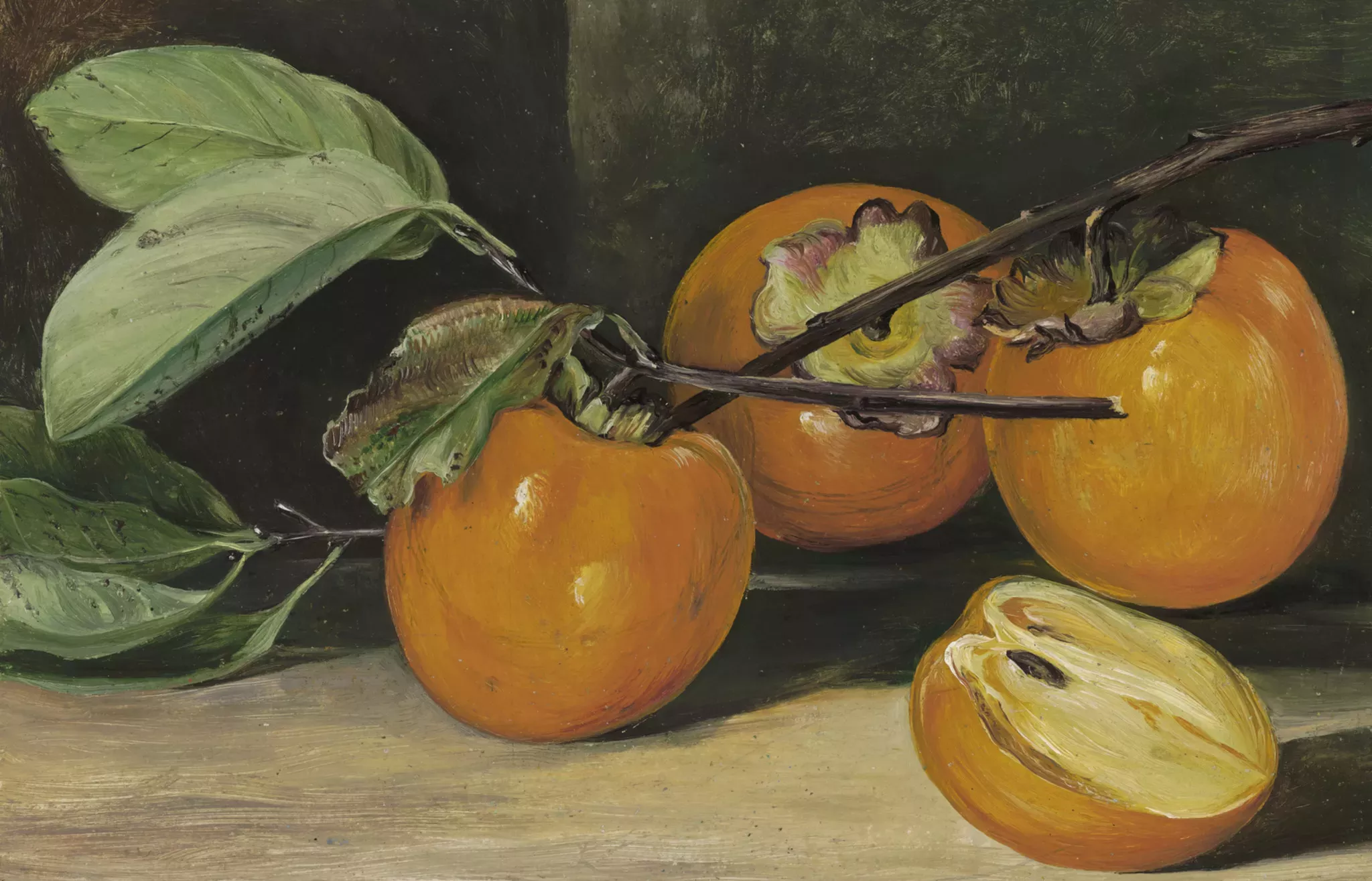
Question 14
Despite the name, the Japanese pagoda tree (Styphnolobium japonicum) is native to China. Ours is a very impressive, and very old tree. When was it planted at Kew Gardens?
A. Around 1800
B. Around 1760
C. Around 1735
D. Around 1860
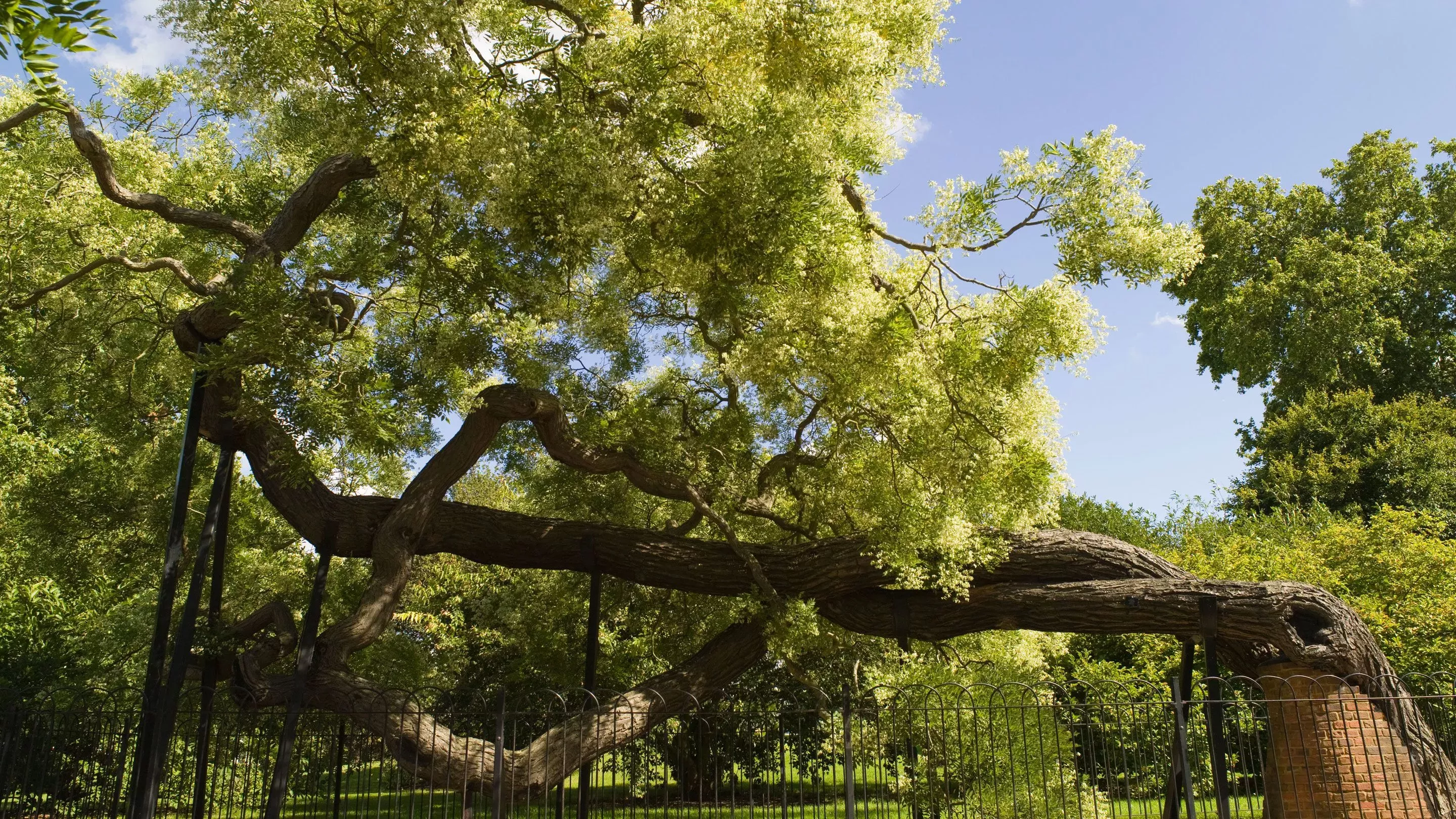
Question 15
Our Japanese Gardens include a stone in which a haiku (short-form poem) is carved. The poet Kyoshi Takahama wrote it while visiting Kew Gardens in the spring of 1936. What is it about?
A. Flowers
B. Birds
C. Leaves
D. Water
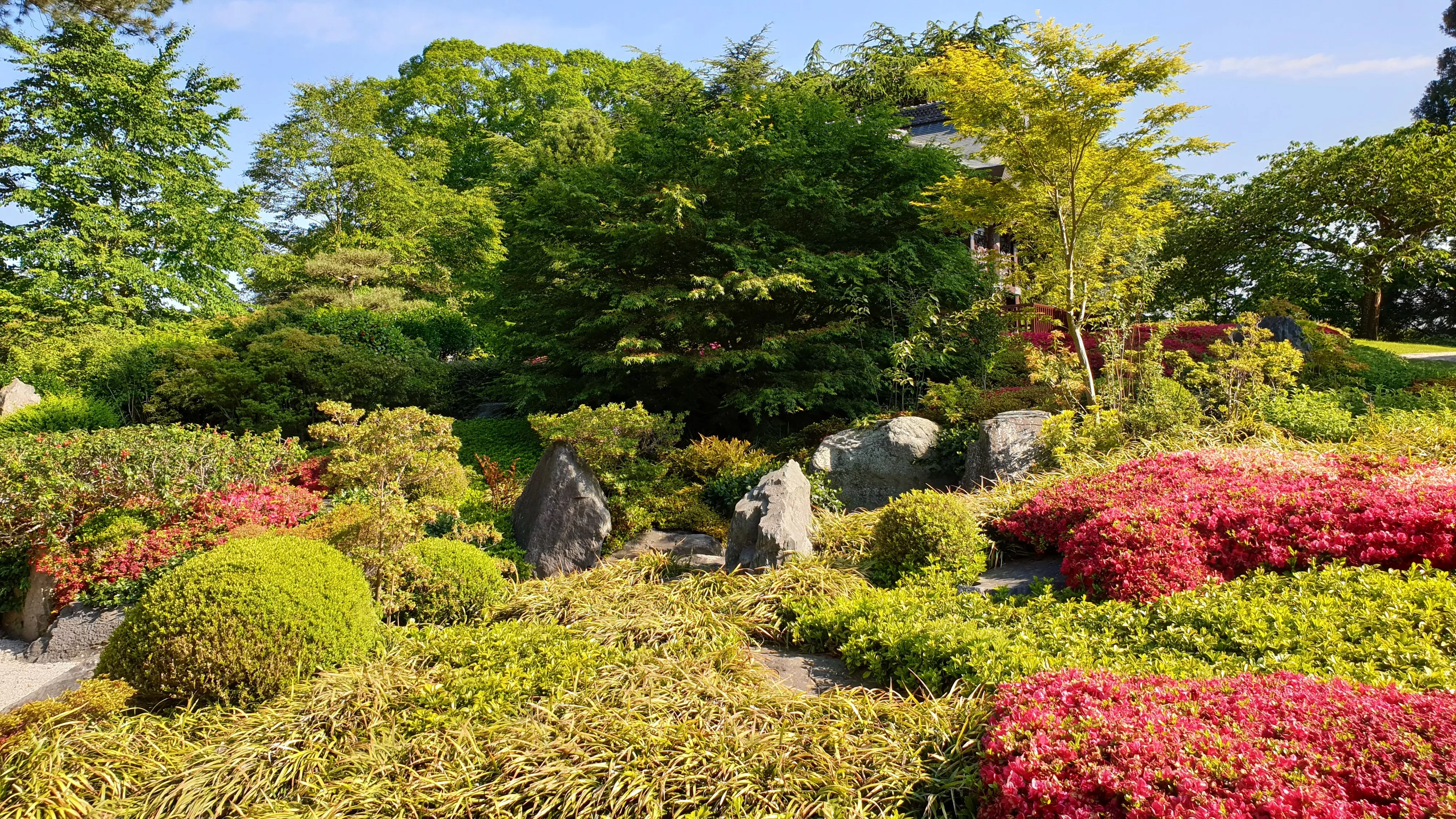
Answers
Question 1: The Garden of Activity in the Japanese Landscape at Kew features raked gravel. How many tonnes of gravel are there?
A. 17 tonnes – about the same weight as 170,000 Japanese black bears!
Watch a short film about how the gravel is raked into patterns.
Question 2: Cherry blossoms are important in Japanese culture, and are symbolic of the bliss and ephemeral nature of life. Each cherry tree may only be in a bloom for a week or two, but how long do most cherry trees themselves live?
B. 30-40 years
Find out more about the Japanese Cherry.
See how artists from different cultures have depicted cherry blossom at the Elegant and Enchanting exhibition in the Shirley Sherwood Gallery of Botanical Art.
Question 3: The Imperial Seal of Japan features a chrysanthemum. This flower is widely celebrated in what season?
C. Autumn
See a rainbow of chrysanthemum colours at the Temperate House as part of our Japan Festival — but be quick, it finishes on 31 October.
Many varieties of chrysanthemum live at Kew. How many can you spot on your next visit?
Question 4: The balloon flower (Platycodon grandiflora) is so-called because its flower buds puff up like a balloon before bursting open into bell-shaped flowers. In Japanese traditions it is one of the Seven Autumn Flowers or aki no nanakusa (秋の七草/秋の七種). What are these seven flowers used for?
D. Appreciating their beauty
Visit the Japanese Landscape in the spring to see the blue flowers in all their glory.
Question 5: The great white cherry tree (prunus ‘taihaku’) growing next to the Japanese Gateway (Chokushi Mon) was thought to be extinct in Japan in the 1920s. Collingwood ‘Cherry’ Ingram sent cuttings from a tree in Sussex to Japan, but by what means?
B. Embedded in a potato, sent by the Trans-Siberian Express
However, Wardian cases were very important in transporting plants around the world.
See the tree in person at our Japanese Landscape, and take a stroll down Cherry Walk (running from the Rose Garden to the Mediterranean Garden) to spot more cherry trees.
Question 6: Japanese anemone (Anemone x hybrida) rely on insects other than bees for pollination. Why aren’t bees attracted to them?
D. They have little to no scent and no nectar
Question 7: What is burdock (Arctium lappa) used for in Japan?
A. The root is eaten (often for breakfast), either pickled or braised in a sweet and salty sauce
Not often eaten in the UK, you can see burdock growing in the Queen’s Garden.
Visit the Kitchen Garden to see different varieties of common crops.
Question 8: Mount Fuji is an active volcano and at 12,380 feet (3,776 metres), the tallest mountain in Japan. Where can Mount Fuji be seen at Kew Gardens?
C. A painting by Marianne North featuring the famous mountain framed by wisteria, can be viewed in The Marianne North Gallery
Find out more about Marianne North’s connection to Japan.
Question 9: The coral bark maple (Acer palmatum) has delicate leaves in an array of splendid colours, and in Osaka the leaves are eaten as a snack. But what is the story behind the plant’s name?
B. The leaves are shaped like little hands, thus the name echoes the Japanese term for this tree: kaede (baby hands)
You can’t miss the glorious hues of the Acer palmatum in our Woodland Garden.
Question 10: Neoshirakia japonica has striking red foliage, but has also been found to have what medical properties?
B. Anti-neuroinflammatory
Look out for this tree’s bright red foliage in the Japanese Landscape.
Question 11: The art of bonsai originated in China, and these miniature replicas were thought to have magical properties. Bonsai was brought to Japan hundreds of years ago by whom?
C. Chinese monks migrating to Japan brought examples of these tiny trees with them
Visit our Bonsai House to see our collection of tiny trees.
Question 12: Wasabi is a spicy condiment for sushi. It wasn’t originally used for flavour, but to ward off illnesses that could be in the raw fish. The plant is very difficult to grow, and is a member of which family?
D. Brassicaceae (cabbage)
See if you can spot wasabi in the Woodland Garden, or head to the Shirley Sherwood Gallery to see a beautiful botanical illustration of wasabi.
Question 13: The persimmon (Diospyros kaki) was introduced to Japan in the 7th century, and is eaten fresh, dried, raw and cooked. Its wood is used in panelling traditional Japanese furniture, and the fruit is used in the production of sake. Which language does the word persimmon come from?
A. Algonquin
Persimmon means ‘dry fruit’ (probably named for the alkalinity of one type of persimmon, which dries the mouth). The word originates from the Powhatan language, which was part of the Algonquin languages of American indigenous people.
Several persimmon trees live at Kew Gardens, with a particularly good specimen near The Hive.
You can see a painting of the inside of a persimmon at The Marianne North Gallery.
Question 14: Despite the name, the Japanese pagoda tree (Styphnolobium japonicum) is native to China. Ours is a very impressive, and very old tree. When was it planted at Kew Gardens?
B. Around 1760
The tree is one of our Old Lions, and can also be seen near The Hive.
Find out more about how we look after our elderly trees.
Question 15: The Japanese Gardens includes a stone in which a haiku (short-form poem) is carved. The poet Kyoshi Takama wrote it while visiting Kew Gardens in the spring of 1936. What is it about?
B. Birds
Sparrows, to be exact. The haiku reads: ‘Even Sparrows/ Freed from all fear of man/ England in Spring’.
Find out more about the Japanese Landscape.
Don’t miss Chiharu Shiota’s large-scale installation of 5,000 haikus at the Temperate House as part of our Japan Festival, finishing 31 October.
Your score
Tally up your score out of 15 to see if you’re an expert or an amateur...
11 or above: Jouzu! Your knowledge is as mighty as Fujiyama.
6 to 10: Haiku-uul, you are well-versed in Japanese plant knowledge.
1 to 5: You need to nurture your know-how.
0: You’ve been spending too much time on the futon.
Let us know how you did on our Facebook, Twitter or Instagram.

